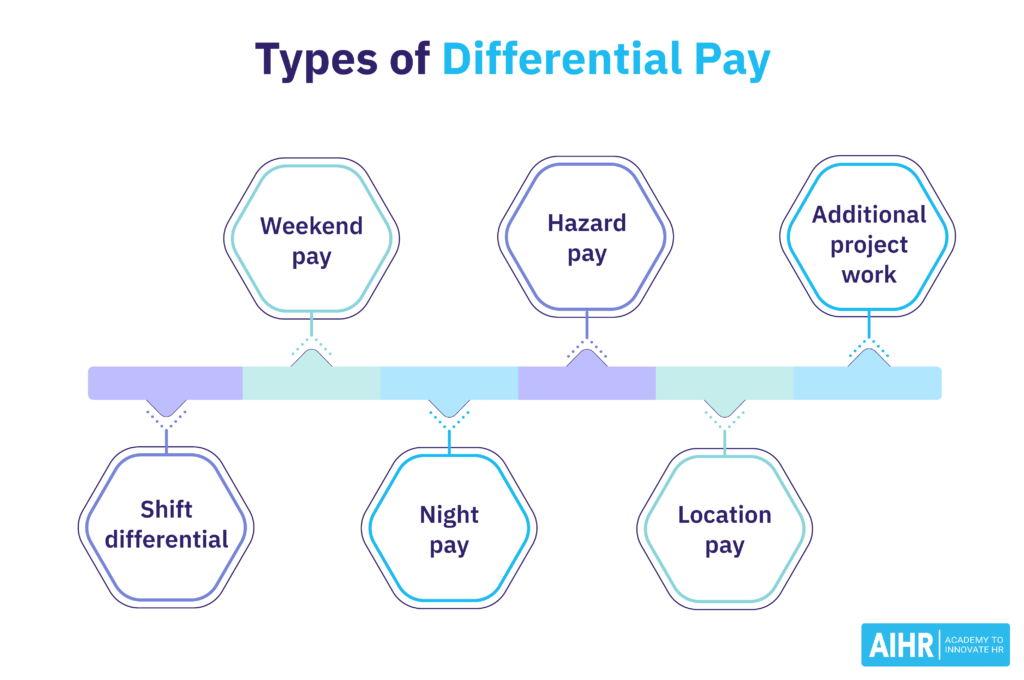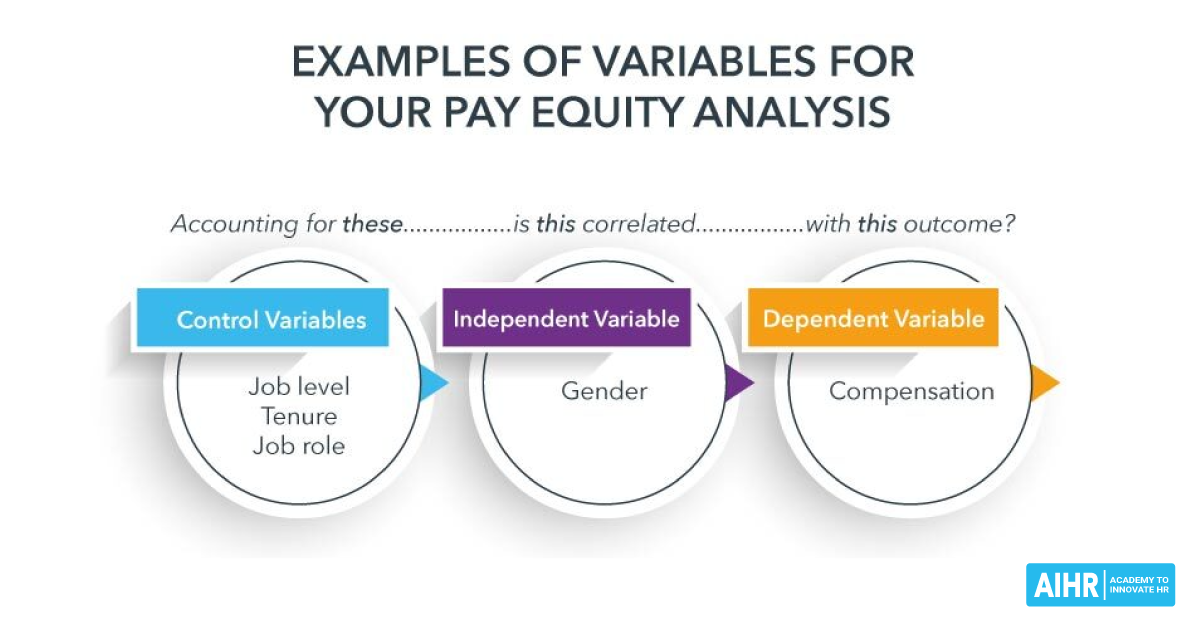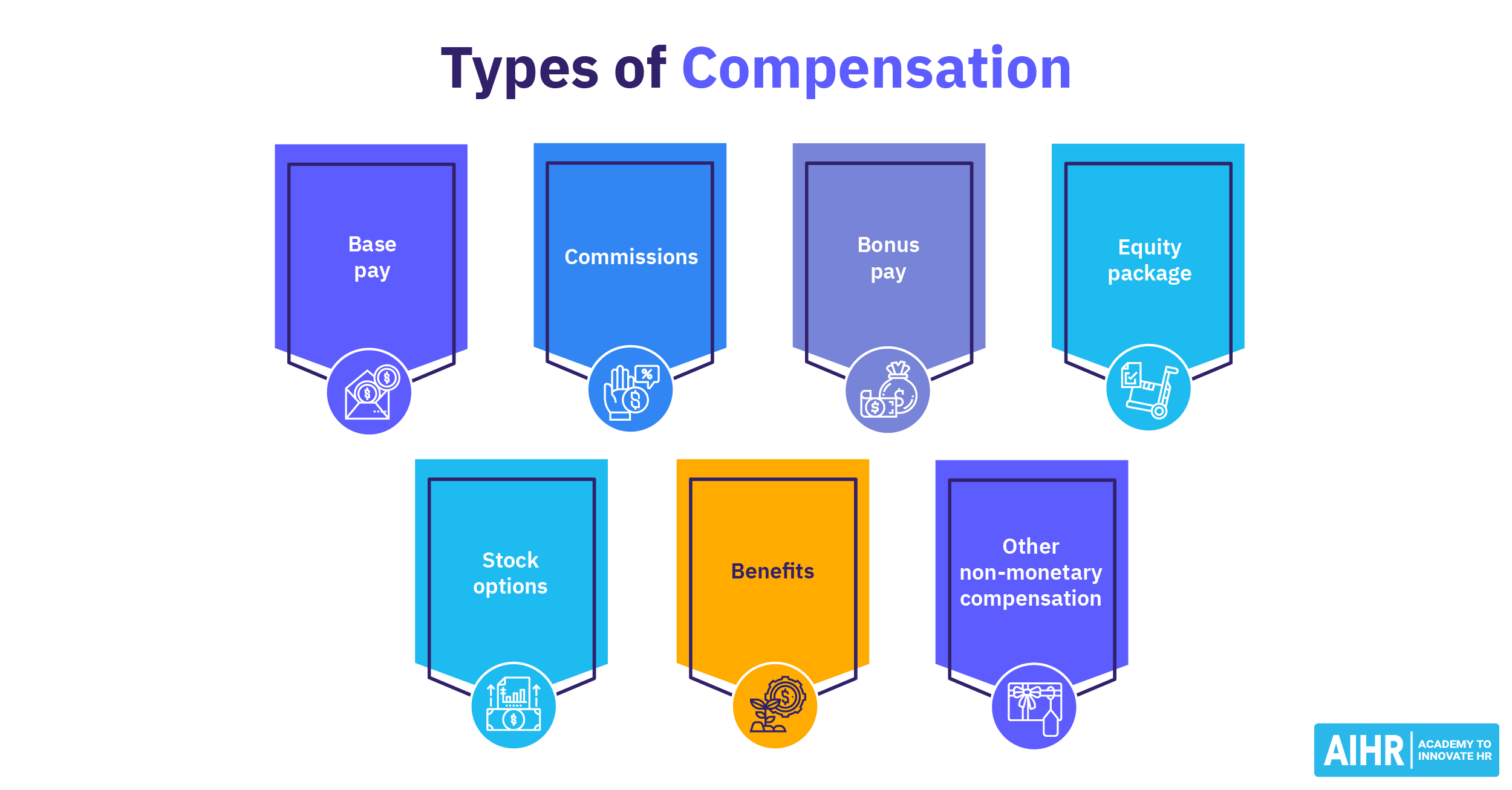Differential Pay
What is differential pay?
Differential pay is compensation paid to employees for working outside their normal hours or taking on additional work. This type of premium pay is a useful tool for employers to compensate employees in unusual circumstances or unfavorable working conditions.
The term “differential” indicates a higher than normal pay rate. It can be either a fixed flat premium per hour or shift or a percentage of base pay. For example, this type of pay could motivate employees to work during the holiday season to restock the shelves overnight while providing fair compensation.
A differential pay rate has to be significant enough to encourage employees to take on shifts or additional work. For example, a 3% increase will likely be too low to motivate an employee to take on undesirable tasks or shifts.
How does differential pay work?
Employers determine the specific conditions and rates for differential pay based on factors like shift timing, working conditions, and additional responsibilities. They must implement clear policies and accurate tracking to compensate employees fairly and correctly — they can use automated payroll systems to help them in this aspect.
Employers may also include differential pay policies in their organizations’ employee handbooks or labor contracts, and conduct regular audits of time records and payrolls to verify that payments are correctly calculated and disbursed. Some may even give employees access to self-service portals to view their recorded hours, pay calculations, and payslips to ensure transparency and accuracy.
Why is differential pay important?
Differential pay can also enhance employee satisfaction and morale by recognizing and valuing their extra effort. It is a tangible form of appreciation for their willingness to go above and beyond their regular duties, resulting in a more positive work environment and lowering turnover rates. Additionally, offering such compensation can ensure a company’s compliance with labor laws and agreements, avoiding potential legal issues.
Is differential pay mandatory?
In the U.S., differential pay is not mandatory across the board. However, federal and state laws do govern certain types of extra pay. For instance, under the Fair Labor Standards Act (FLSA), non-exempt employees must receive overtime pay for working beyond 40 hours in a single workweek at a rate not under time and a half of their regular pay rate. Federal law does not require employers to offer shift differential pay or holiday pay but some federal contracts and state laws may require employers to offer hazard pay, which is often included in collective bargaining agreements.
Types of differential pay
There are several types of differential pay that organizations use to compensate their employees. These include:
- Shift differential pay: This is the most common type of differential pay. Employees working later than usual, in uncommon shift patterns, or during holidays may be eligible for this type of pay. For example, an employee usually works from 8 am to 5 pm but their manager asks them to work from 3 pm to 11 pm. Although not mandated by federal law, many employers use it to encourage employees to take on typically undesirable shifts.
- Weekend differential pay: mployees may be eligible for additional compensation if they are asked or volunteer to work on a weekend when it is not part of their usual work schedule.
- Night differential pay: This type of pay applies when employees volunteer or are asked to work a night shift that does not usually fall within their work schedule.
- Hazard pay: Compensation for when an employee works in hazardous circumstances (working in tough conditions or with chemical substances) or when they perform dangerous work.
- Location pay: For instances where an employee needs to work in locations that differ from their usual location.
- Additional project work: Paid to employees who take on additional work that other employees don’t want to complete.
- Geographic pay differentials: Many organizations offer different pay rates for similar jobs in geographic locations such as cities, states, and countries. This is based on the cost of living, market rates, as well as local laws and regulations. For example, entry-level pay at the grocery chain Lidl in the United Kingdom starts at 12.40 GBP/hour outside of London, while in London, it is 13.65 GBP/hour. This is approximately $15.90 and $17.50. In the US, Lidl’s starting salary is $16/hour.
- On-call differential pay: This typically applies to emergency workers, like firefighters and paramedics. They are usually “on call” and available if needed because as they need to respond quickly in the event of an emergency. Employees required to work outside their regular working hours may also be eligible for on-call pay, which accounts for the personal inconvenience being on-call may cause.
- Call-back differential pay: Not to be confused with on-call pay, call-back pay is for an employee who’s already knocked off but whose manager requests they return to work due to another employee’s last-minute, unplanned absence. This usually involves a higher pay for the hours worked during the call-back time and may also cover a minimum guaranteed pay, regardless of the length of the call-back period.

How to calculate differential pay
Let’s have a look at an example of a retail employee. Their employer offers a flat premium amount of $0.95/hour for the second shift (from 3 pm to 11 pm) on weekdays. The base rate for this position is $14. The calculation would be as follows:
Base rate = $14/hour
Differential pay rate = $0.95/hour
Hourly differential rate = $14 + $0.95 = $14.95
Gross earnings per eight-hour shift, including differential pay: $14.95 x 8 = $119.60
Another example would be a contact center employee. The first weekend shift is from 7 am to 3 pm and pays $12.50 per hour, while the second weekend shift is from 3 pm to 11 pm.
Most employees prefer to work the first shift so they can go home earlier. The company decides to implement a pay differential for the second weekend shift at a 17.5% increase from the usual rate.
To calculate differential pay:
Base rate = $12.50
Differential pay rate = $12.50 x 0.175 = $2.19
Hourly differential rate = $12.50 + $2.19 = $14.69
Gross earnings per eight-hour shift, including differential pay: $14.69 x 8 = $117.52
Which jobs and industries use differential pay?
Sectors and jobs that typically implement differential pay tend to have many hourly employees:
- Manufacturing (manual laborers)
- Customer service (contact centers, customer support)
- Retail work (retail assistants and managers)
- Construction (builders)
- Domestic work (cleaners, housekeepers)
- Hospitality (wait staff, janitors)
- Emergency services (paramedics, firefighters)
63% of organizations offer shift differentials for the third weekday shift, which is typically from 11 pm to 7 am. 60% of businesses also provide premium pay for the second weekday shift, which usually runs from 3 pm to 11 pm.
What is the average shift differential pay?
According to an ERC survey, 70% of organizations that provide pay differentials use flat premium amounts per hour for second and third weekday shifts. This is a popular way of compensating employees for second and third weekend shifts (65% and 68% of employers do this, respectively). At the same time, a percentage of an hourly base rate is the most common way to compensate employees for holiday shifts, as well as double shift weekends.
Shift differentials usually vary from 5% to 20% of an employee’s hourly rate. A typical shift differential rate would fall between 10% and 15%. Pay for holiday shifts can go up to 200% of the regular base rate.
Keep in mind
Different types of pay, such as differential and overtime pay, can complicate your payroll process. To avoid this, you can use a payroll or HR solution that will help you avoid payroll errors.









